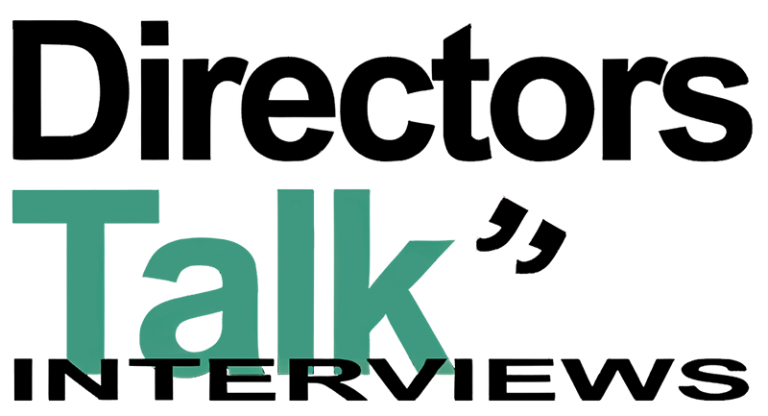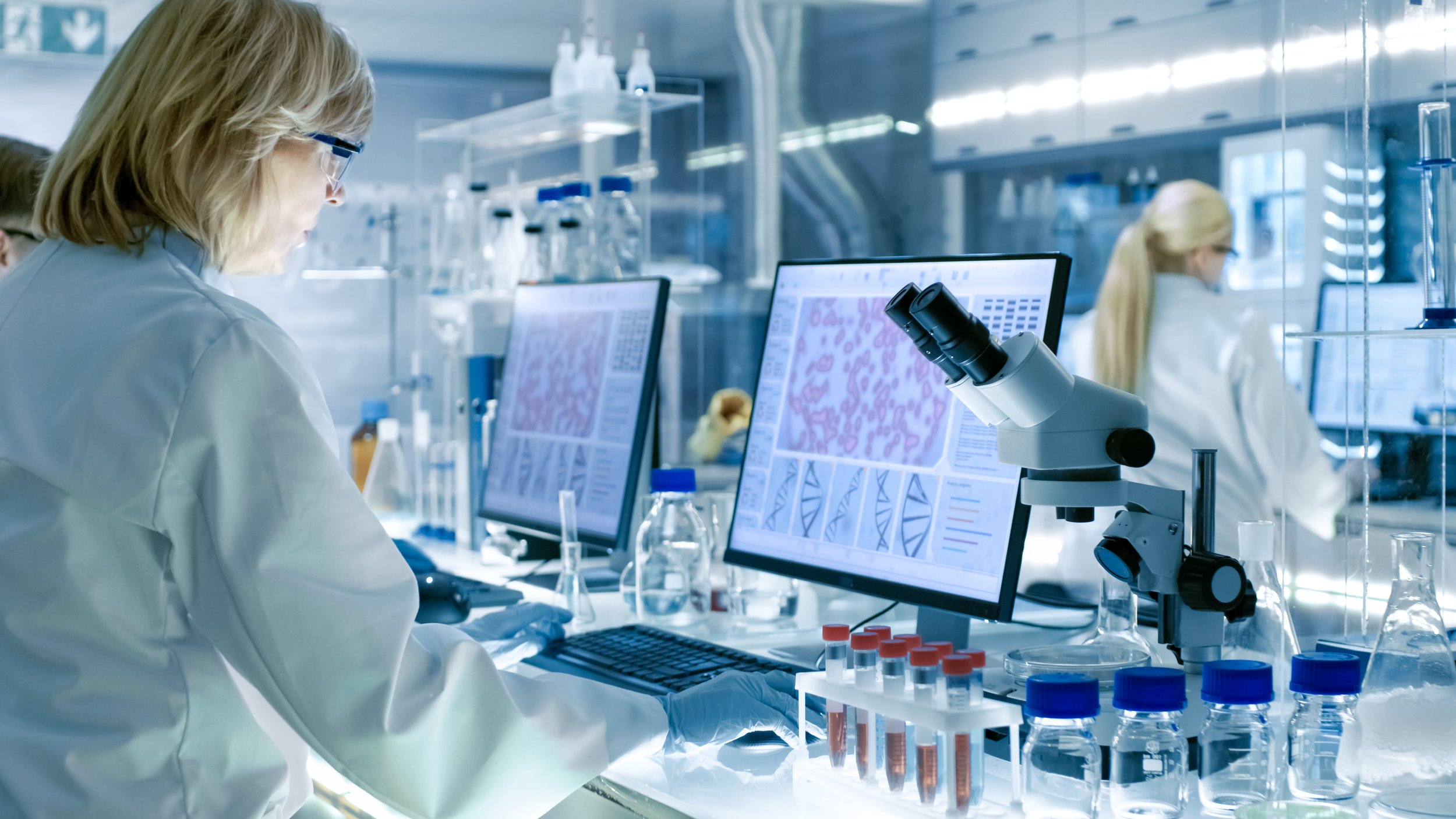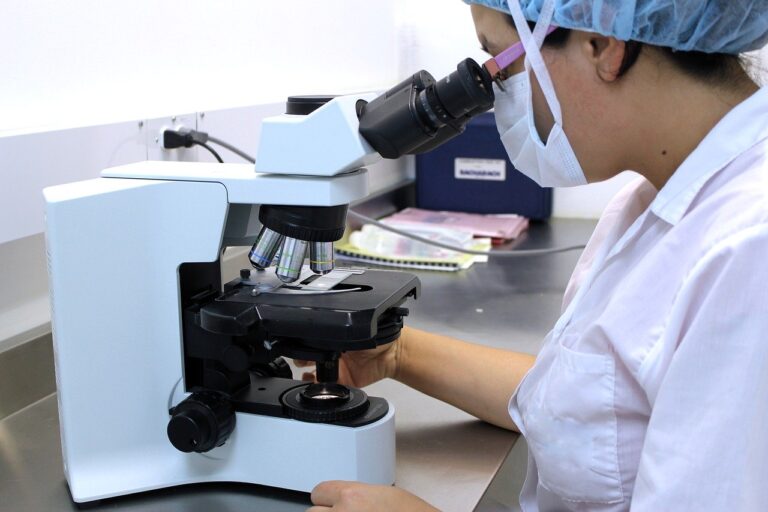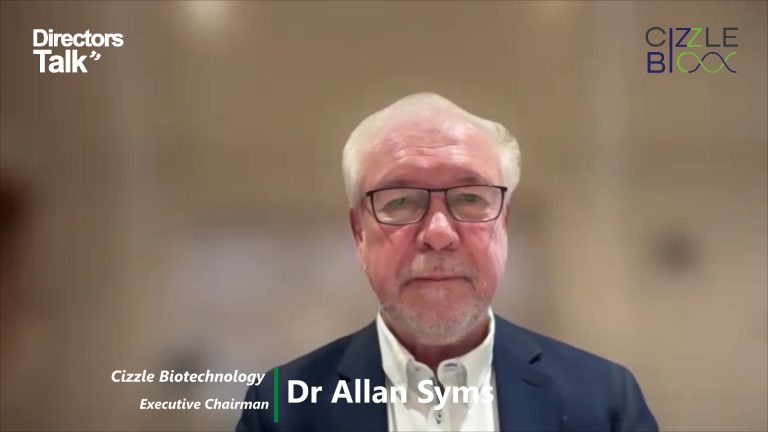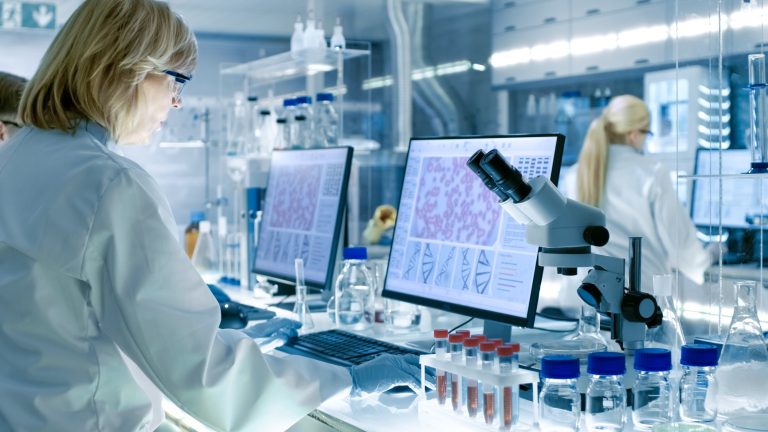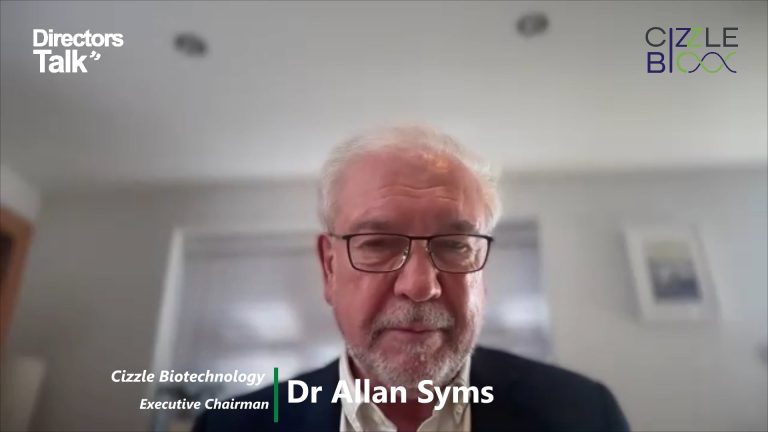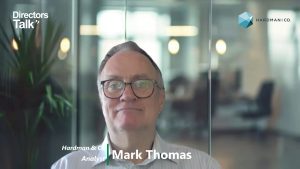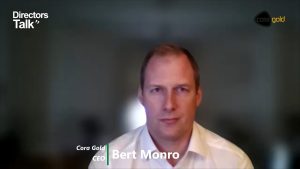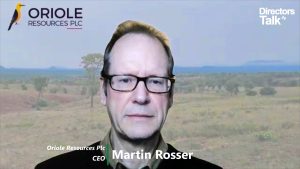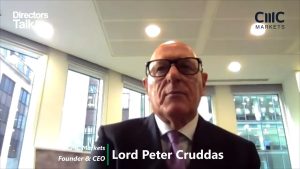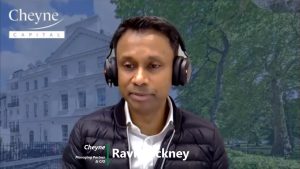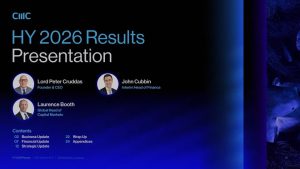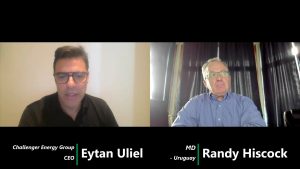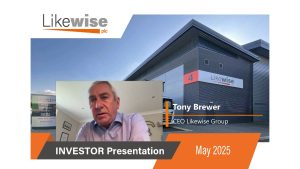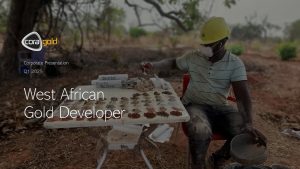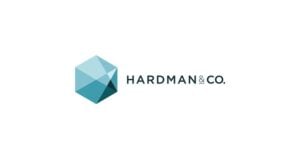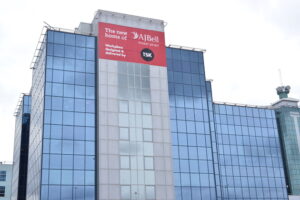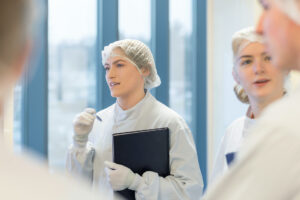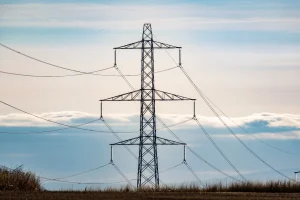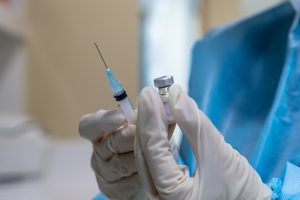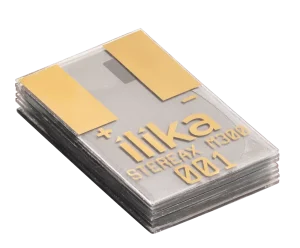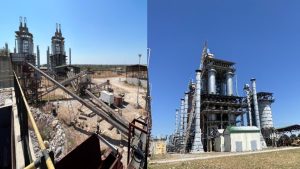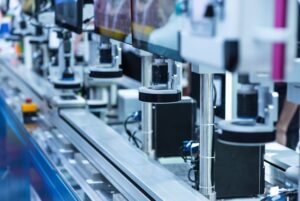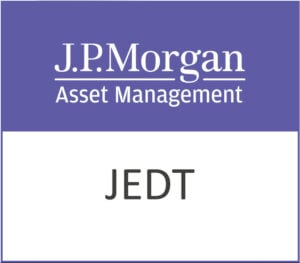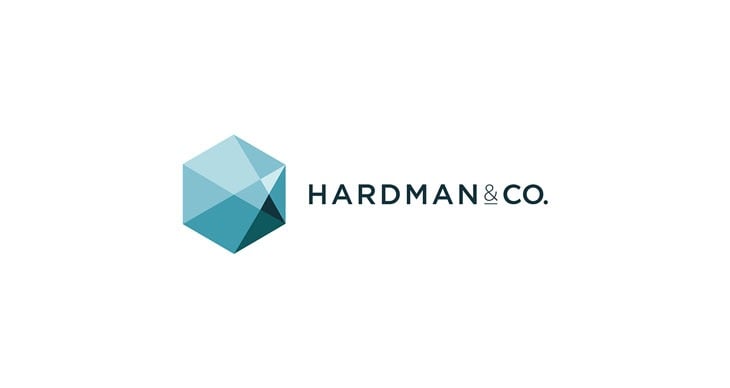Cizzle Biotechnology Holdings Plc (LON:CIZ) Executive Chairman Dr Allan Syms caught up with DirectorsTalk to discuss interim results and progress in commercialising its CIZ1B lung cancer test.
Q1: Now, you released your interim results today. Could you just walk us through the key highlights from the period?
A1: Ialways like to start off any of these communications with shareholders just to remind them the importance of the work that we’re doing. It’s really a sobering thought that every single day 5,000 people will die of lung cancer and the main reason for that is that there are not sufficient early diagnostic technologies to detect those people. They die because they are detected too late.
So, the company was really created and formed to solve that problem, which was: let’s find a means to detect lung cancer early. That’s what we’ve been doing for the last few years, and it is such an important thing that it could make such a big difference to not only people here in the UK, but around the world. So, that’s a sobering reminder about why we do this.
In the first instance, I’d just like to thank our shareholders for the support they give us. These things are not necessarily the easiest things to deliver, because otherwise somebody would have done it already. So, thanks to our shareholders for all the support they give us.
It’s now really an exciting time for us because we’ve now moved out of the research lab. We earlier reported that we had commercialised our key antibody that detects our CIZ1B biomarker. We’ve reported that we’ve now got that in commercial manufacture, that allowed us then to move into the clinical world, into clinical labs.
So, we actually have gone through a very big transitional thing since last year and this first part of the year has all been about taking what was in the research and development phase into the commercial phase. As we’ve reported previously, our first target for doing that was North America and that’s simply because of the easier regulatory process that we go through.
We teamed up with a bespoke business called Cizzle Bio and so this first six months of this year has all been about supporting BIO in their programme of validating the test and ensuring that we do that with the appropriate partners.
Now, we announced yesterday that we have signed up with a group called Omni Health. I’ll tell you a little bit more about that during this interview but that’s all about recognising how big the problem is. I’ve already said that some 5,000 people die every day, well, in North America, there are 14.5 million people that need screening.
So, it’s one thing to actually validate and bring the test as a live test to market but it’s also very much: how do you roll that out? How do you have the scale to actually deliver a test across the country? So, a lot of this first six months has been about supporting BIO, supporting the validation process, and ensuring that we do that correctly.
To do that, a number of key things:
We’ve had Professor Dawn Coverley working a lot more closely with BIO, supporting BIO so she actually moved out from her NED role into a full position with supporting BIO as the Chief Scientific Officer. That provided greater capabilities for support.
We appointed Matt Bower to the board, which replaced the non-exec role, that gives us greater corporate governance. So, we welcome Matt on board, and he’s been fantastic since he’s been here to help with the strategy and the commercialisation of the business going forward.
We announced that BIO did their first pathfinder lab, which was great. They did a lot of the donkey work behind actually looking at those things that a commercial clinical laboratory needs rather than a research laboratory, such as turnaround times, the process of actually being in the normal workflows, understanding the importance of the accreditation process, and the way in which the reagents must be shipped, stored, and logged.
Of course, BIO, in moving out, secured their first hospital contract down in the Cayman Islands, which was partly due to links with investors that they have. Just mentioning BIO, of course, that’s been a great relationship for our business because we’ve received over $500,000 of upfront and royalty payments as part of that agreement, which will eventually see the company get $2.4 million of upfront payment.
Actually, towards the end of that period, as I say, I’d like to thank our shareholders all the time, but the Lang Family have also been very supportive. We did a £150,000 convertible loan note during the period.
That was so that we could not forget that this test was actually developed here in the UK. We do want this test to be available in the UK and the rest of Europe and so those funds were about beginning the programme of bringing that to market here as well.
So, it’s been a very active period. A lot of work’s gone into the validation process and we think that’s going extremely well.
Q2: You mentioned that you made an announcement yesterday on your clinical lab partnerships in the U.S., which highlights the progress in the commercial rollout of the CIZ1B biomarker in North America. Could you just provide more detail on the development there?
A2: I alluded to it earlier about the scale of the problem and the need for something that can be rolled out across the whole of North America. BIO’s approach was to initially go into a pathfinder lab to get some of the real sort of work done in terms of understanding about the clinical flows and the way in which this assay would actually be used in the hands of a busy commercial clinical laboratory.
At the end of the day, this needs to be made available right across North America. So, signing up Omni Health was a great move on behalf of BIO because although they’re based down in Dallas, they have facilities now in New York. They’re going to be rolling that out across six other states so they’re going to be in California, they’re going to be in Florida, they’re going to be in South Carolina and Tennessee, and obviously the big metropolitan areas of New York and their home base in Dallas.
That’s going to give us coast-to-coast nationwide coverage so that when the test is finally validated and goes live, we’ll actually be able to have routes to market this across the entire USA. I think that groundwork that they’re doing in establishing a full base for nationwide coverage was really important for us. So, that’s going extremely well, we’re very pleased they’re on board as a partner and hopefully we’ll hear news soon about how that programme is going.
I think there’ll be more news from the USA about widening the territory basically to meet the demand that’s out there. If 14.5 million Americans need to be screened for lung cancer, you need a test that is easy to do, simple to do, can be done and catch lung cancer at its earliest stage, but can be done right the way across North America. That’s very much their rollout plan.
Q3: Other post-period highlights include the commercial launch and the collaboration with Moffitt Cancer Center. But could you elaborate or tell us more about those initiatives?
A3: It’s very important to raise Moffitt. We were selected as their partner for biomarker testing, that was a great accreditation to the company that our test was seen as something that would be appropriate from the Moffitt Cancer Center, which is the number one cancer hospital in Florida. They’re an enormously large group that do a fantastic job on early cancer screening.
One of the problems that they have, in fact right across North America, in fact right across the world really, and currently the technology for doing early cancer screening is through CT screening or low-dose CT screening. Generally, people that get caught early in their process of the lung cancer journey get caught incidentally, in other words, you’ve turned up to the hospital with some other reason. Perhaps you’ve been in an accident, perhaps you’ve got some sort of infection in your lungs, and it picks up a lung nodule which the consultant would consider to be suspicious.
So, this is not like the screening programme I referred to with the 14.5 million Americans that need to be screened. This is about those people that have gone to a clinic who have been identified with a suspicious lung nodule.
The problem generally with incidental CT screening is that it’s not very good at getting it right. In other words, there are a lot of false positives, and that can be as many as up to 90%. That’s bad from the viewpoint of the poor patient who thinks they may have a lung cancer, it’s bad from the viewpoint of tying up hospital resources, and bad for tying up clinician time.
What’s really needed is a better way to identify whether or not any of those suspicious lung nodules really are a lung cancer. So, the study at Moffitt was very much about doing a clinical evaluation of whether or not our CIZ1B biomarker can help find those patients who really do or really don’t have a lung cancer.
That study, when we announced it, was a) fantastic news for the company, b)great for the study. That was all about then starting to collect blood samples from 250 patients that had been identified with these suspicious lung nodules. They are now, I think, well over halfway with that progress so we’re expecting the first sort of 150 blood samples to be tested.
That testing will be done back here in the UK, that will be done actually at the University of York in Professor Coverley’s lab. So, we’re expecting those first portion of those blood samples to arrive soon. We’ll then get on with the process of doing that and getting the results back to Moffitt and then hopefully they’ll be able to report back on that in due course.
Q4: Investors, what can they expect over the next six months? Is that something that we could hope to see in the next six months?
A4: It’s going to be a very exciting period for us and obviously we’re in that period now. Our eyes have been very much on North America because we’ve received our advanced royalty payments so it’s very important for the company’s cash flow. It’s most important that we’re going to get the test out there and get it live and working in the hands of doctors.
So, this period of time is when all of our efforts have really been about helping support them, identify the right laboratories that can do this work, supporting those labs, getting that validation so that we actually have a so-called CLIA-accredited test that can be ordered in any of these laboratories. So, that’s our focus over this period of time to the year end.
In addition to that, as I mentioned earlier, we took in funding of £150,000 by convertible loan note and that was to also focus on what’s going on here in the UK and the rest of Europe.
It’s really important to us that this technology that was discovered and developed in the UK is of benefit to people in the UK and that means working with the NHS and working with other healthcare providers to do that. So, we have been doing that, we’ve been working very closely with groups that have an interest in the UK and elsewhere. Hopefully that will lead to a similar programme as we’ve developed in the USA, finding laboratories that will take our test through an accreditation process and offering it nearer to home.
So, I think really the summary is in a very exciting period that we’re in, get this test live, get it out there in the hands of doctors, start saving lives, and certainly bring it back here to the UK. So, I’m really looking forward to being able to update you on that again in the near future.

